The Future of Backyard Design: Julie Orr’s Predictions and Innovations
Understanding the Evolution
Backyard design has transformed, blending changing preferences, eco-awareness, and tech progress. Understanding these shifts is vital for future innovations. These past key trends have shaped outdoor spaces.
1. Native Plants & Drought Tolerant Varieties
The rise in native and drought-resistant plants shows a rising interest in eco-friendly landscaping. These plants flourish in specific areas and aid in water conservation.
The focus on low-maintenance landscapes suits modern living, appealing to homeowners desiring beauty and practicality. Designs needing minimal upkeep match busy schedules and sustainability aims.
Backyards have advanced into versatile, multi-use areas, catering to diverse activities like yoga or movie nights. This shift highlights the demand for adaptable spaces, emphasizing versatility and leisure.
4. Drip Irrigation & Water Efficiency
Drip irrigation adoption signals a move to water-efficient methods, reducing waste and promoting sustainable, responsible resource management.
5. Permeable Paving & Rain Gardens
Using permeable paving and rain gardens shows dedication to handling water runoff and supporting natural filtration, curbing environmental impact by preventing water pollution and replenishing groundwater.
6. Reduced Lawn Area & Food/Vegetable Gardens
Less lawn space and more food gardens signal a move toward purposeful, sustainable land use. Homeowners prioritize functional green areas that provide beauty and tangible benefits with homegrown produce.
7. Technological Integration & Connectivity
Technological advancements, like charging stations and wireless connectivity, now seamlessly blend into outdoor areas, catering to modern lifestyles by boosting convenience and leisure in backyards.
While areas like bocce courts show a slightly lower adoption rate, the overall inclination toward designated spaces for various outdoor recreations signifies the desire for tailored experiences in the backyard.
Predictions for the Future
- Innovative Techniques: In the dynamic landscape of backyard design, innovative techniques serve as the driving force propelling outdoor spaces into the future. Here are the lists of predictions in the future of Landscape.
1. Green Roofs and Walls
Harnessing vertical space to introduce lush greenery, mitigating environmental impact, enhancing insulation, and providing habitats for local flora and fauna.
2. Rainwater Harvesting Systems
Embracing sustainable water management by collecting and utilizing rainwater for irrigation, reducing reliance on traditional water sources.
3. Permeable Paving
Incorporating surfaces that allow water to infiltrate, preventing runoff and aiding in groundwater recharge while maintaining usability.
4. Native Plant Landscaping
Fostering biodiversity and water conservation by prioritizing indigenous plant species adapted to the region’s climate and soil.
5. Smart Irrigation Systems
Utilizing advanced technologies for precise and efficient watering, optimizing water usage while ensuring the vitality of the landscape.
6. Vertical Gardens
Expanding green spaces in constrained areas by utilizing vertical structures for cultivation, enhancing aesthetics and air quality.
7. Edible Landscaping
Integrating food-producing plants into the design, promoting sustainability and self-sufficiency while enhancing visual appeal.
8. LED Lighting and Features
Efficient and customizable lighting solutions to extend outdoor enjoyment while minimizing energy consumption.
9. Modular and Flexible Design
Designing adaptable spaces that cater to changing needs and preferences, allowing for versatile utilization of outdoor areas.
10. Smart Landscaping Apps
Utilizing technology for design visualization, maintenance scheduling, and real-time monitoring, providing convenience and control to homeowners.
11. Habitat Restoration Areas
Dedicated zones to support local ecosystems, fostering biodiversity and preserving native flora and fauna.
12. Interactive and Playful Spaces
Incorporating elements that encourage engagement, entertainment, and relaxation, creating multi-functional outdoor environments.
13. Artificial Intelligence Integration
Exploring AI’s potential in optimizing landscape design, from automated maintenance to personalized environmental adjustments. Examples, Automated Lawn Mowing, Plant Recognition and Care, Energy-Efficient Outdoor Lighting, Smart Landscaping Design, Predictive Maintenance, Environmental Monitoring and many more
14. Sustainable Materials and Practices
Embracing eco-friendly materials and construction methods to reduce environmental impact throughout the project lifecycle.
15. Microclimates and Sheltered Areas
Crafting micro-environments and sheltered spaces to adapt to varying weather conditions and provide comfort year-round.
16. Green Infrastructure Integration
Integrating natural elements like bioswales, green roofs, and permeable surfaces into urban design for enhanced sustainability.
17. Aquaponics and Hydroponics
Introducing innovative agricultural techniques into outdoor spaces for sustainable food production and educational purposes.
Promoting communal engagement and social interaction through shared outdoor areas, fostering a sense of community.
Julie Orr’s Insights & Innovations
- Blend of Interior & Landscape Design
- Regional Expertise
- Personalized & Collaborative Experience
Julie ensures client aspirations are integral to designs by encouraging open communication and involving them in the process. This collaboration brings their visions to life, fostering ownership and satisfaction, resulting in spaces reflecting their personalities and preferences.
Conclusion
As we gaze into the future of backyard design, Julie Orr stands at the forefront, bridging innovation and regional expertise. Embrace the potential of your outdoor space and unlock its possibilities with Julie’s visionary approach, click here for more. Together, let’s create outdoor havens that resonate with beauty, functionality, and sustainability.
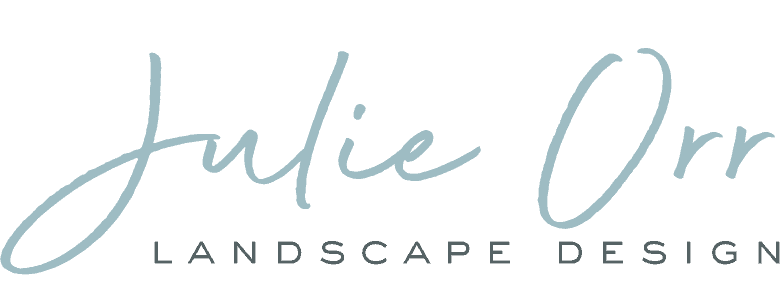
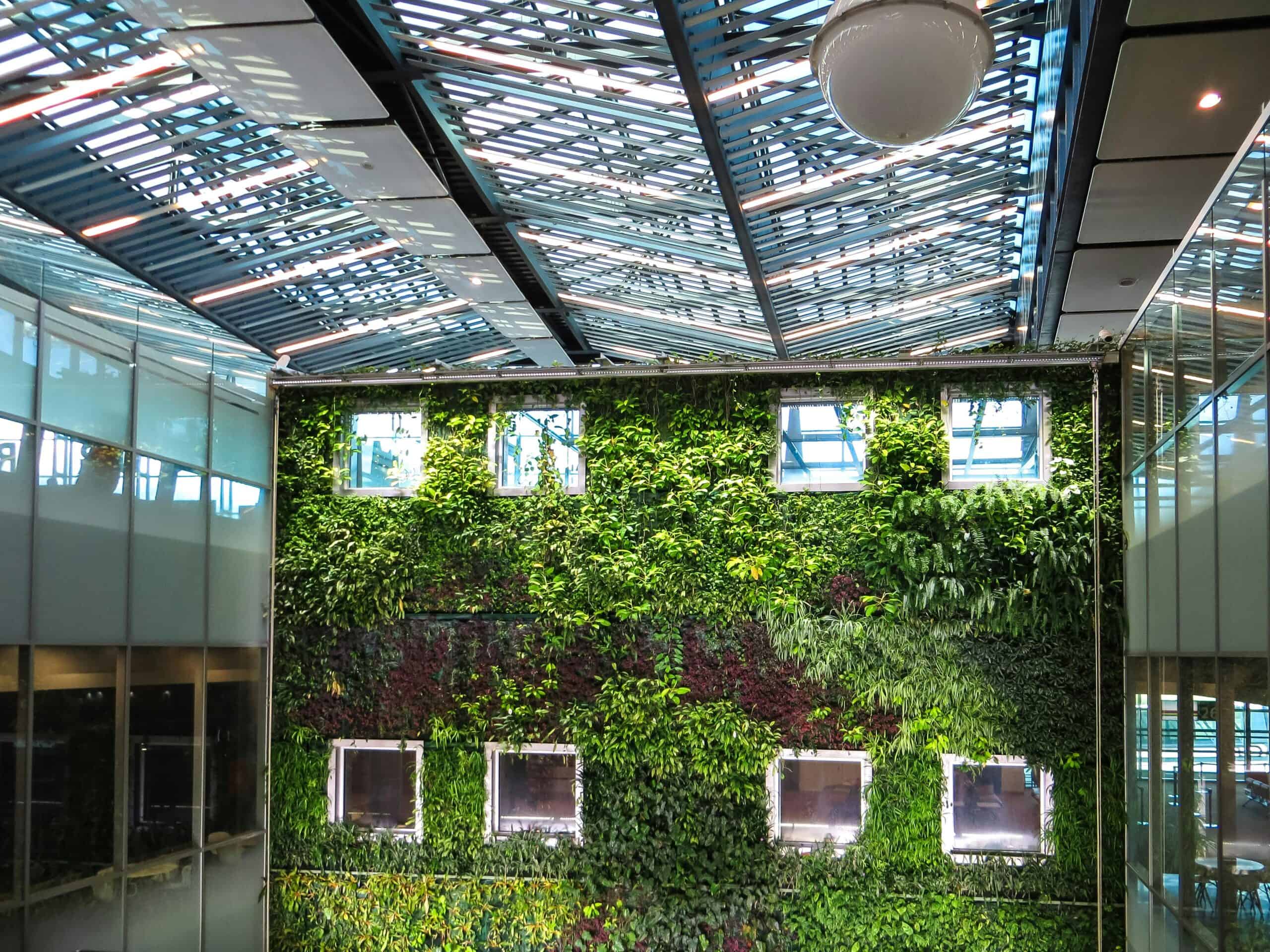
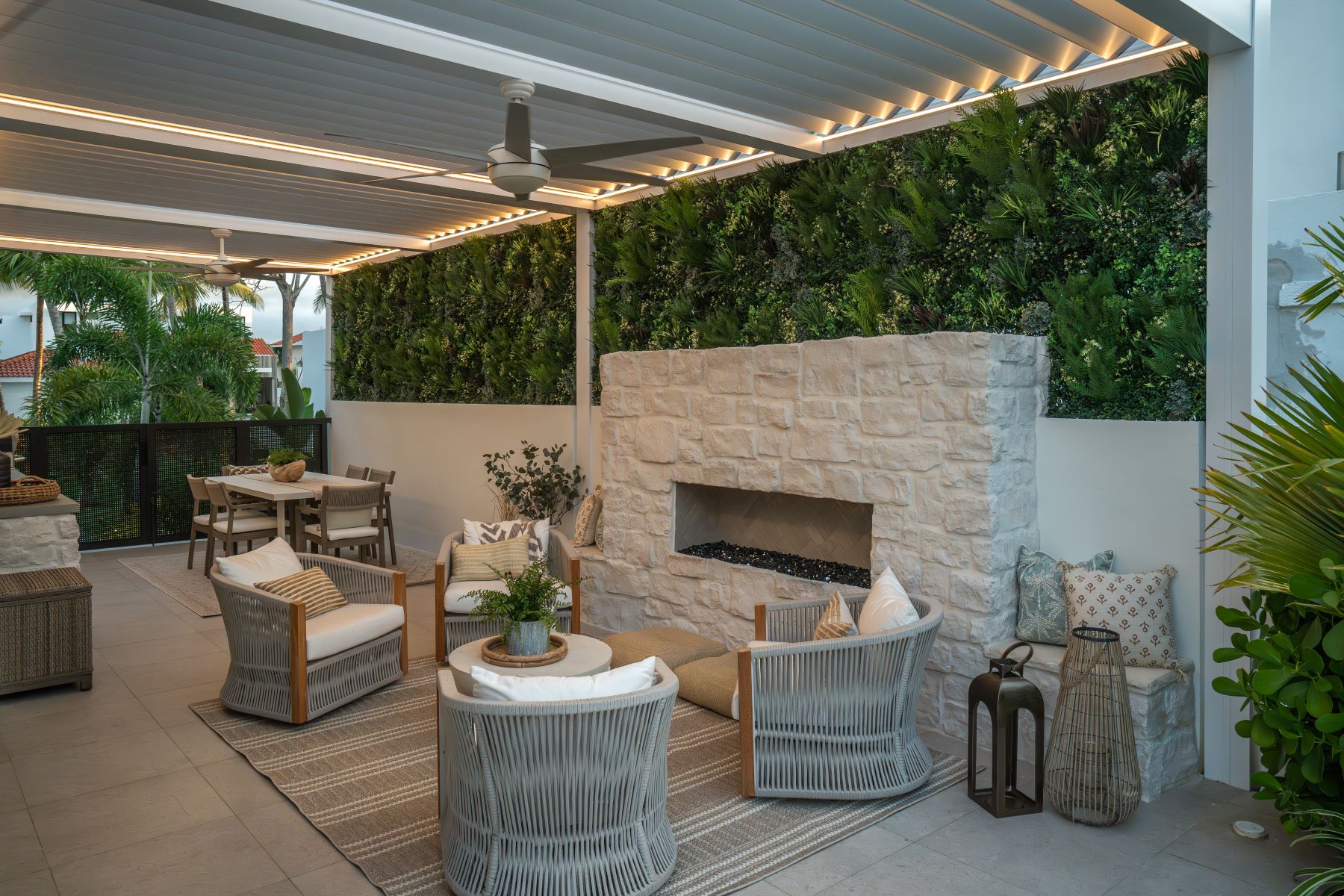
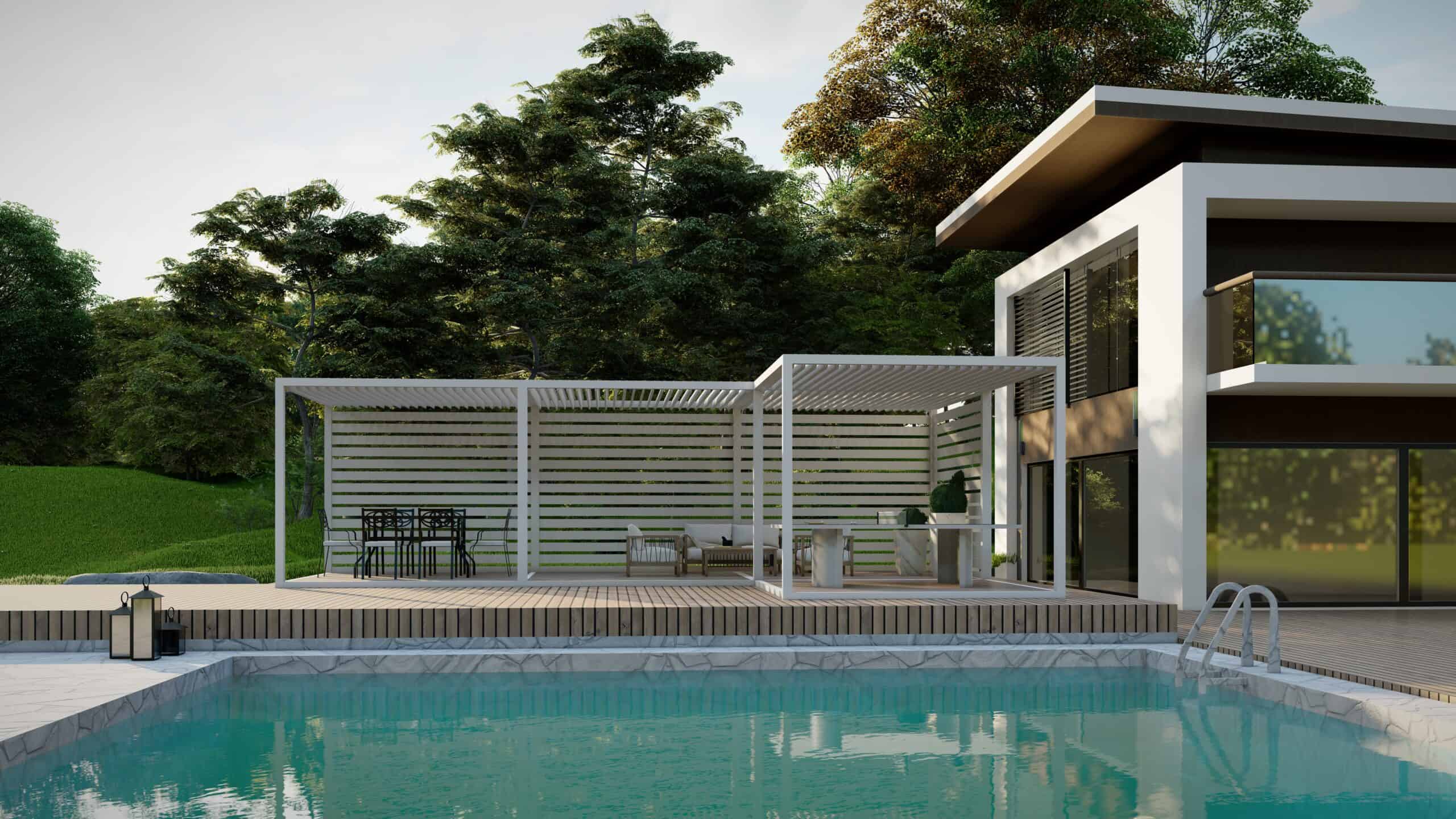
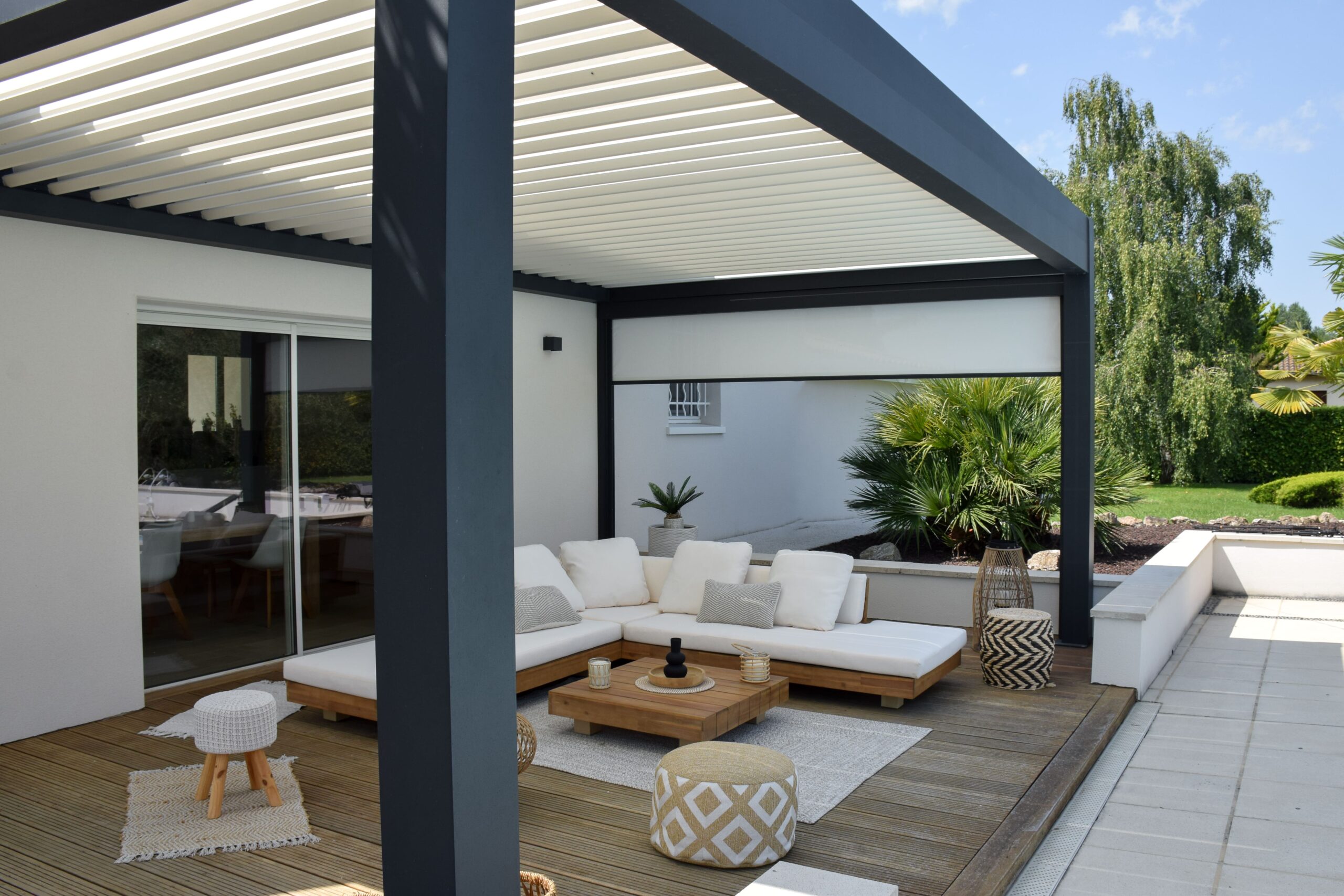
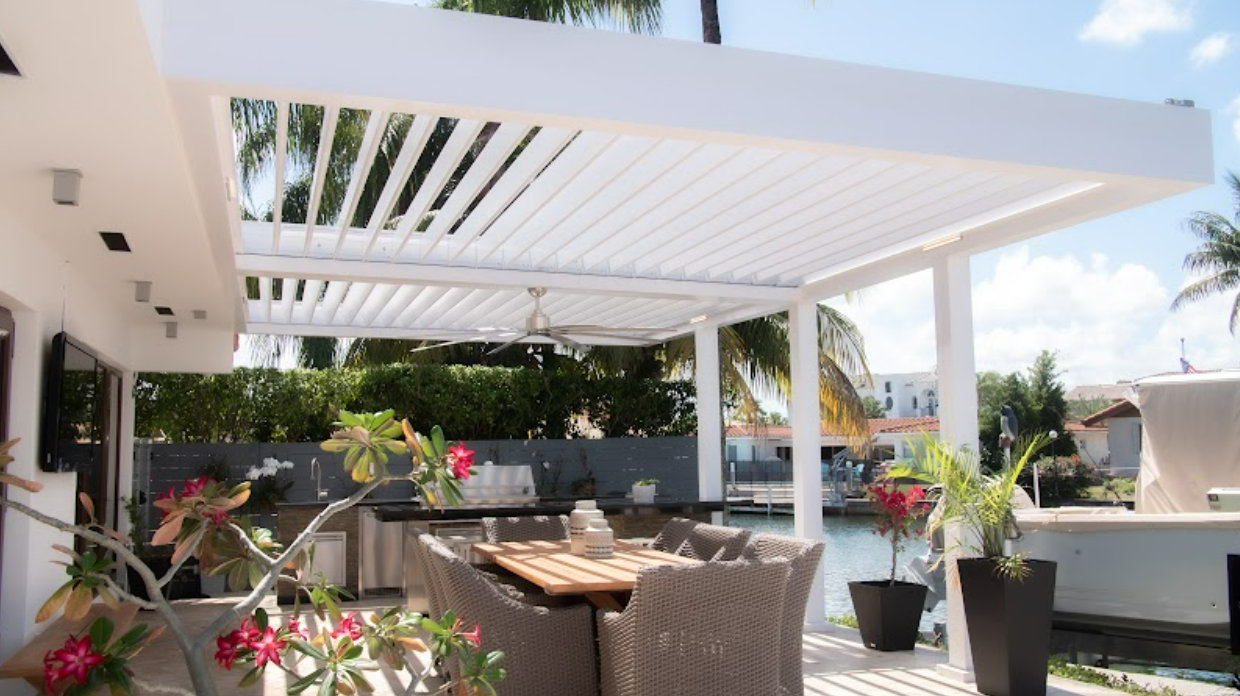
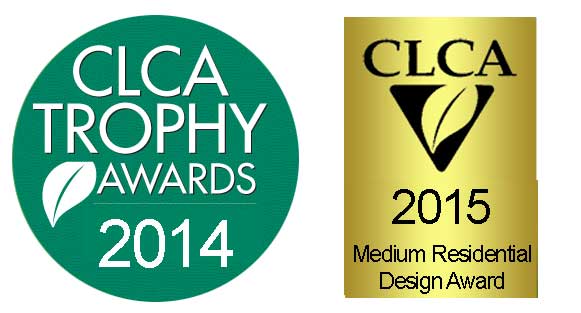

Leave A Comment